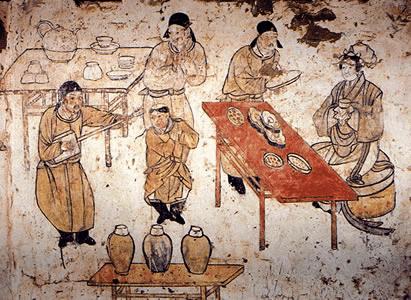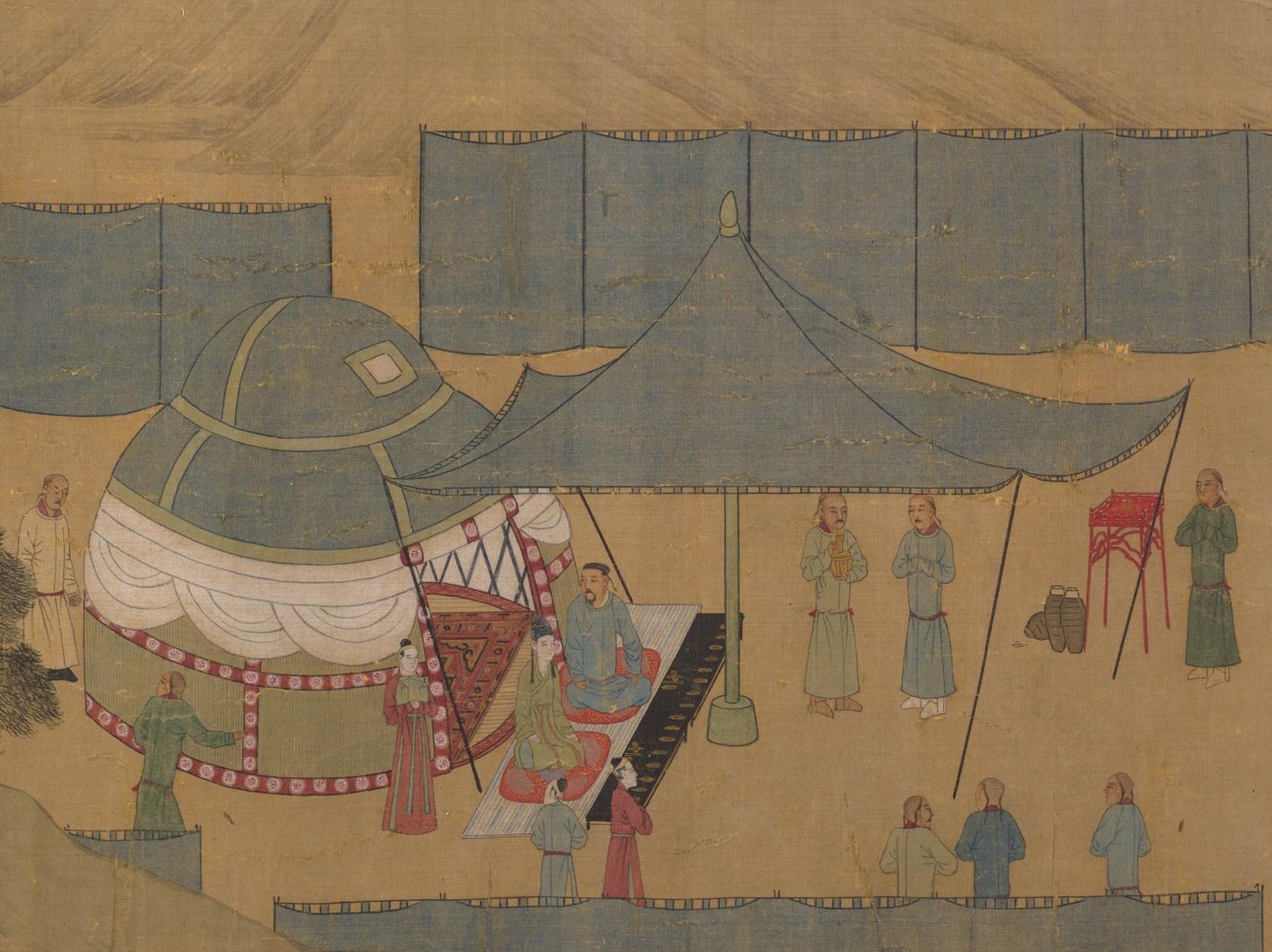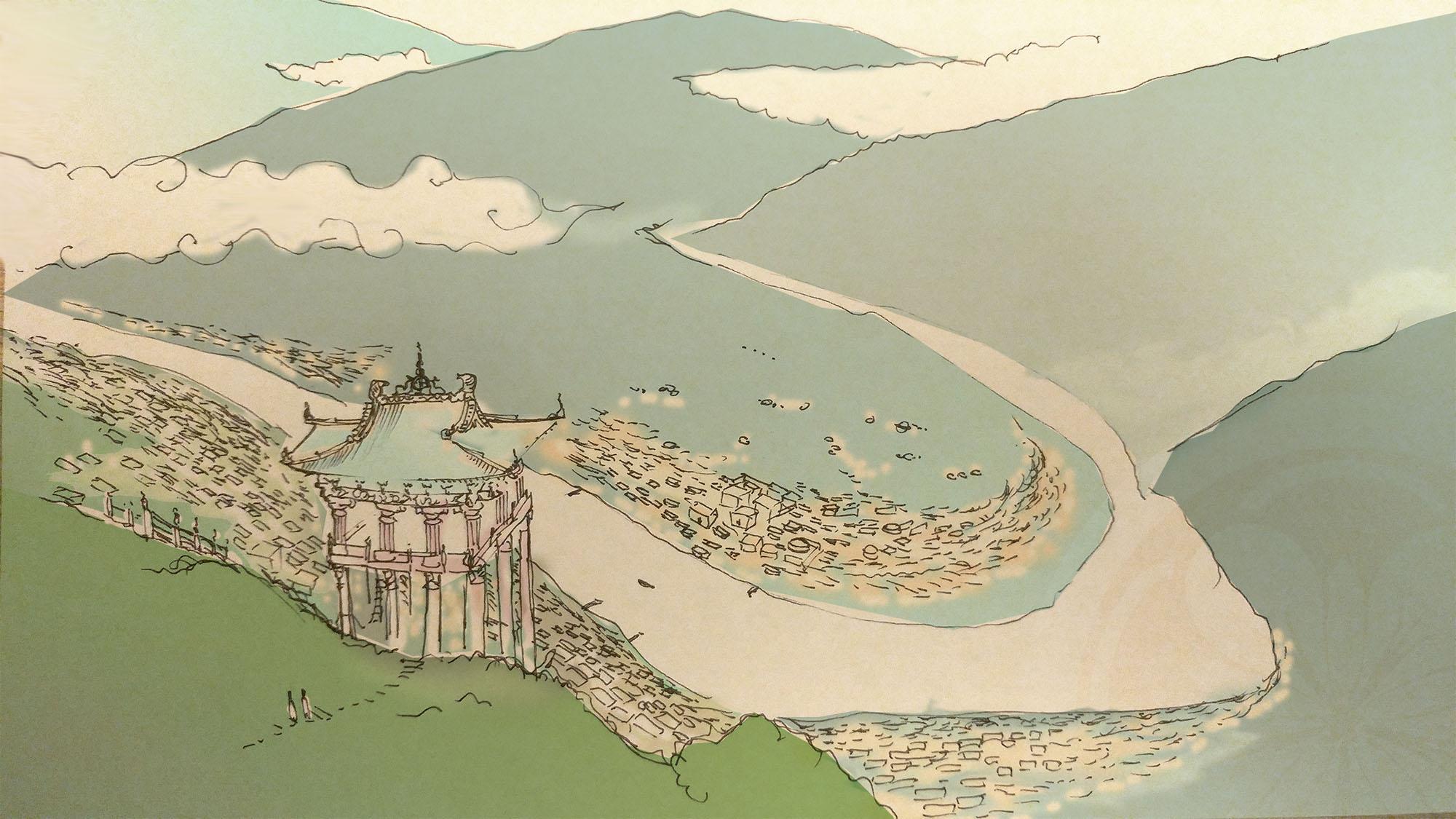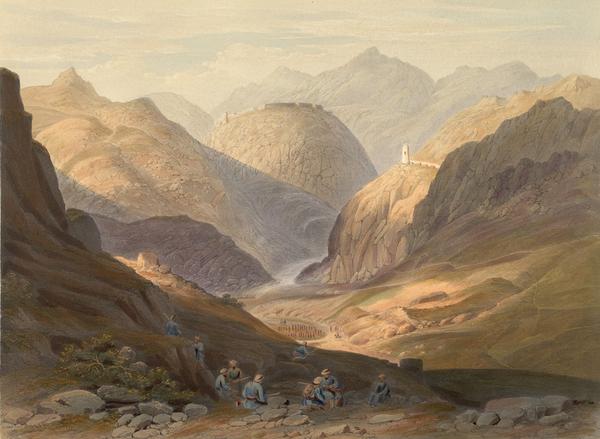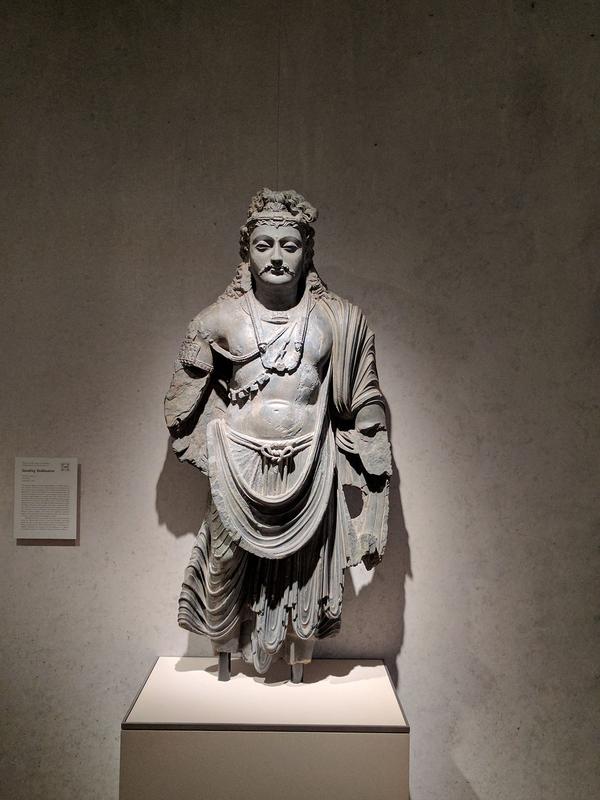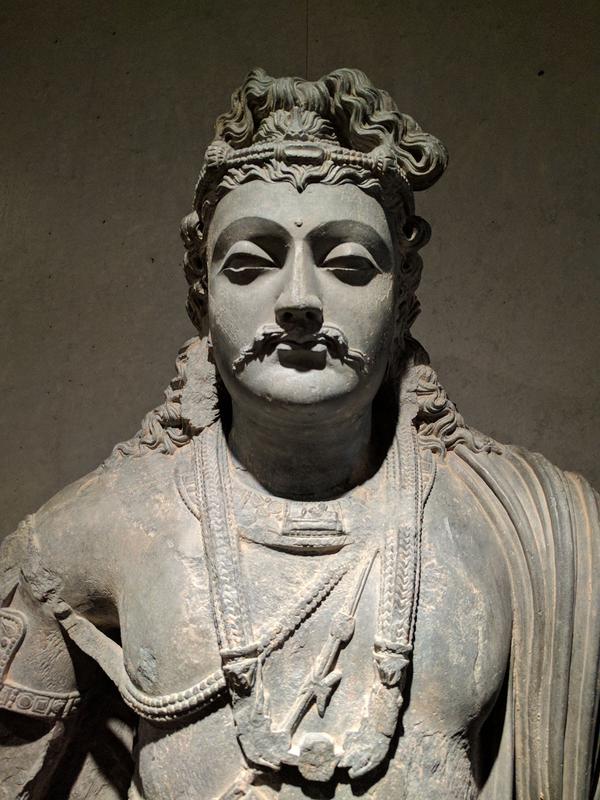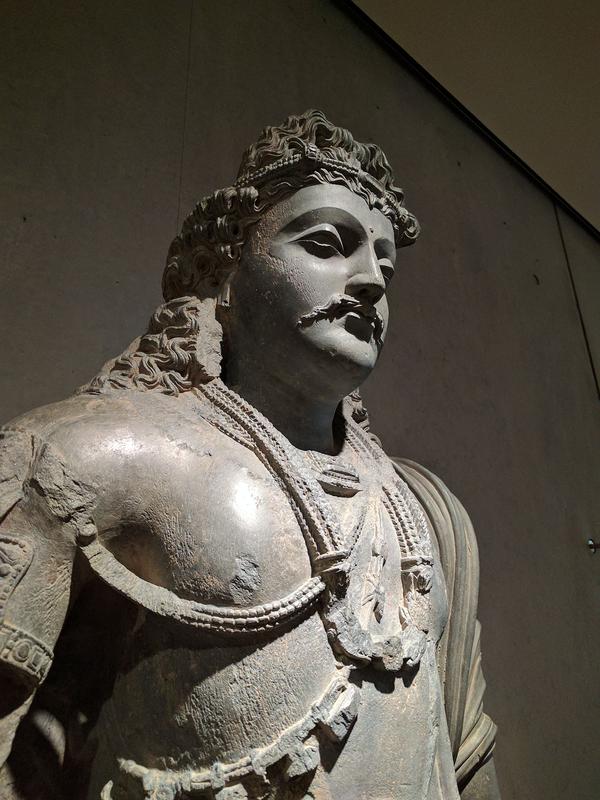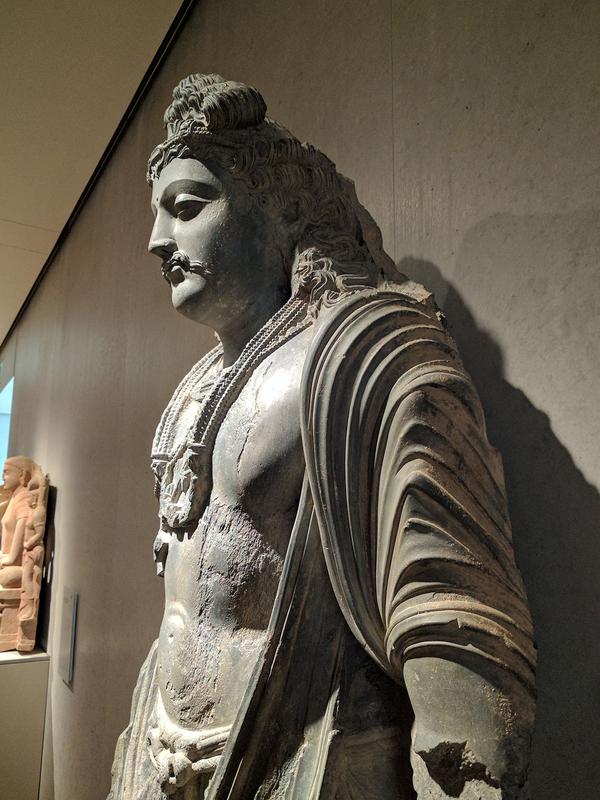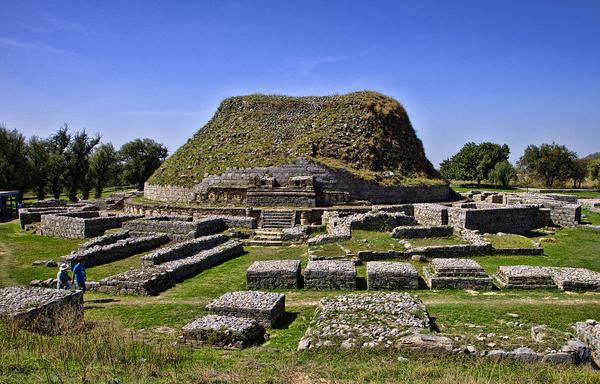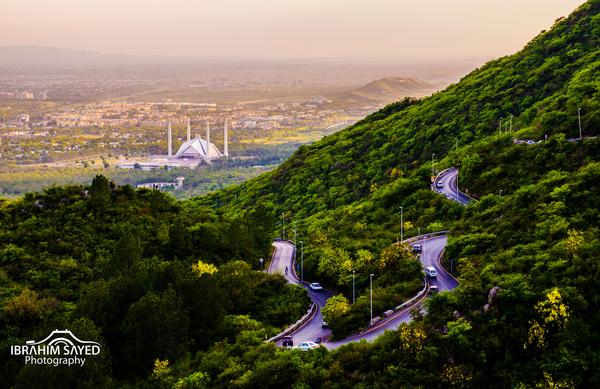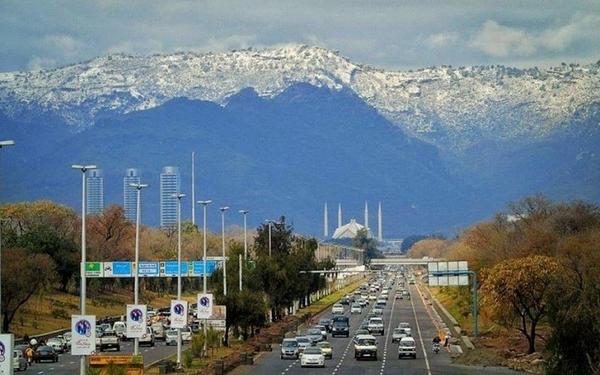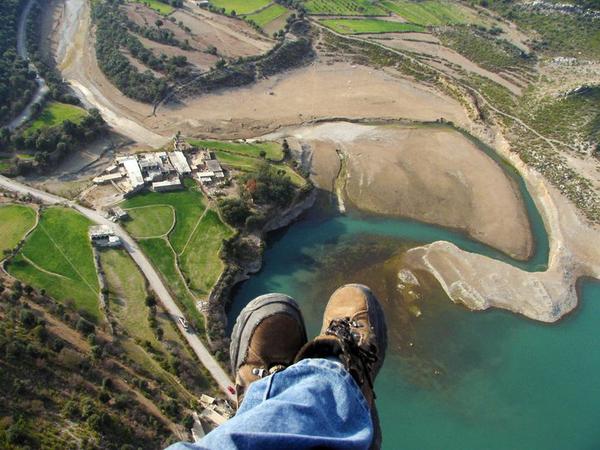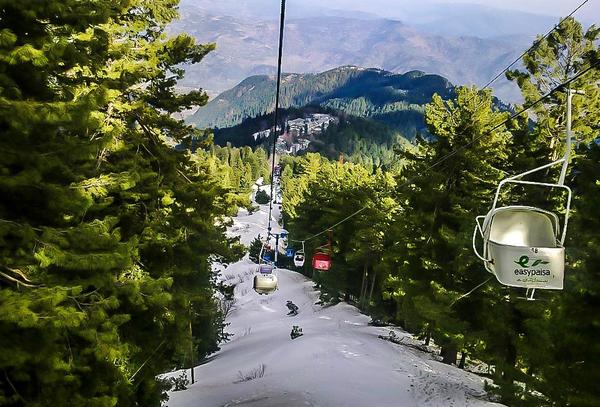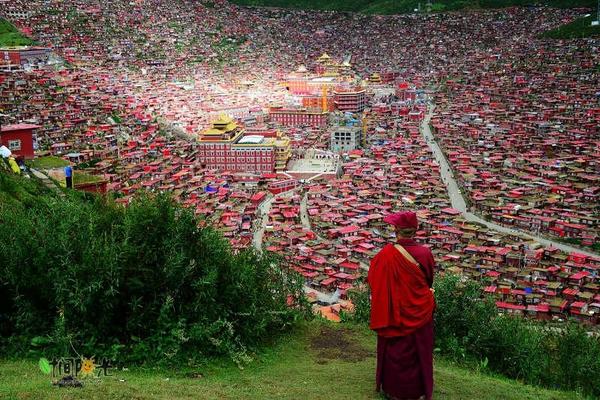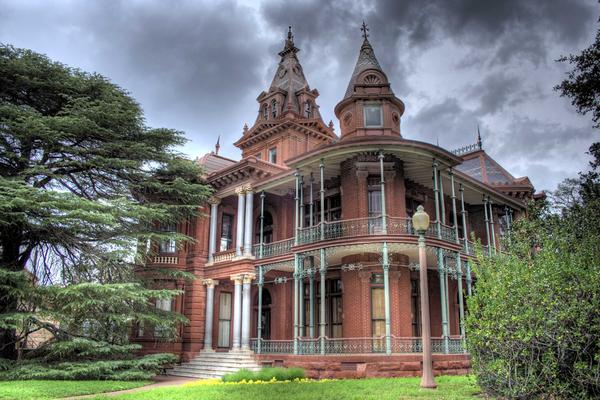The architecture is interesting, and I love the preservation of the Buddha, at least for now.
What I will say though is that this chapter was slightly harder to read. It seems to switch between conversational and more textbook. Not incomprehensible by any means, but just a little jarring at times.
Should I change the font when it’s conversational?
As for the Bamiyan Buddha, hopefully we could butterfly the entire background story behind Taliban’s rise, including ethnic strife between Pushtuns and Tajiks and others, British and Soviet invasions, poverty etc.

